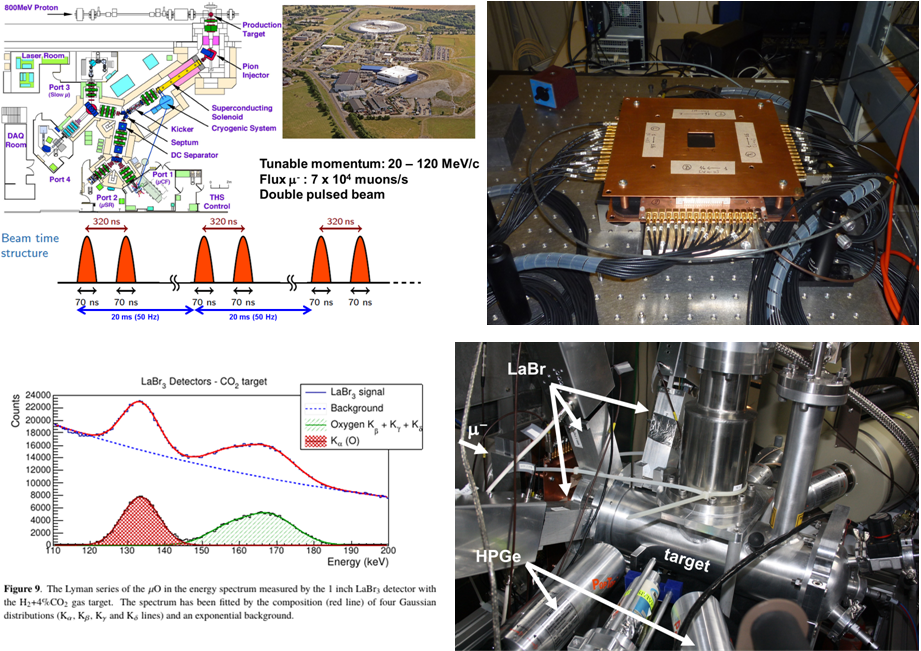Experimental Nuclear and Subnuclear Physics: FAMU
The PSI Lamb shift experiment displayed a disagreement of 7 sigma between the experimental values of the proton r.m.s. charge radius extracted from e‐p scattering and muonic hydrogen spectroscopy. This discrepancy has not yet been explained; it is not even known whether it may be ascribed to the different experimental methods or reflects some fundamental features of the muon. The latter hypothesis may be tested best by comparing the values of another characteristics of the proton, the Zemach radius Rp, obtainable from measurements of the hyperfine splitting (HFS) in ordinary and muonic hydrogen atoms. The method proposed by FAMU (Fisica Atomi MUonici) experiment exploits the fact that the (muon‐p)1S atom that absorbs a photon from a IR laser tuned at the resonance wave length 6.7 micrometers of the singlet‐to‐triplet M1 transition, when collisionally de‐excited back to the 1S singlet state, is accelerated by 0.12 meV (~2/3 of the hyperfine transition energy). In the method this sequence of processes is detected by the products of reactions whose rate depends on the velocity of muon‐p and this way measure the amount of spin‐flipped and consequently accelerated muon‐p atoms. The FAMU detector consists in a vessel hosting a target gas mixture where the muon captures happen. The muon beam is an high intensity one with tunable momenta and it is set at RIKEN-RAL (UK) laboratories. The characteristic X-rays emitted after the muonic atom de-excitation are detected by a set of photo-detectors (HPGe, LaBr3) with an energy resolution better than 3%. The FAMU-Pavia group joined the collaboration in 2014, with the aim of the realization of the muon beam monitor (hodoscope) and of some of the photo-detectors. After some technical runs in 2015-2017, Pavia groups is collaborating in the FAMU data analysis aiming at finding the best configuration of the detector for the final campaign of data taking foreseen for 2018 and 2019 for definitively solve the proton radius puzzle.
Staff: Antonio de Bari, Carlo de Vecchi, Alessandro Menegolli, Roberto Nardò, Massimo Rossella, Alessandra Tomaselli




